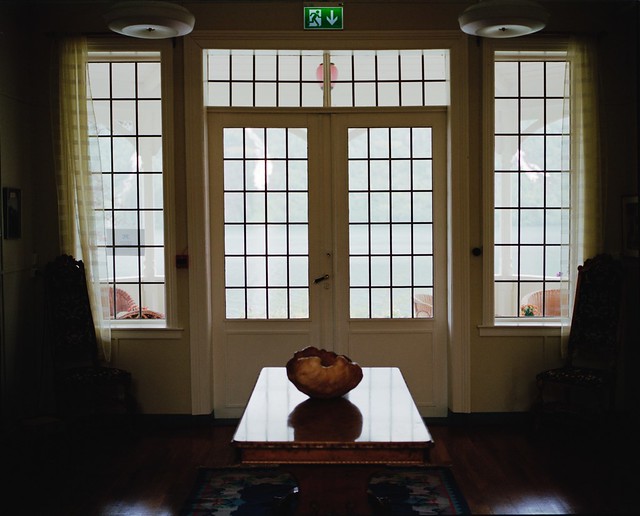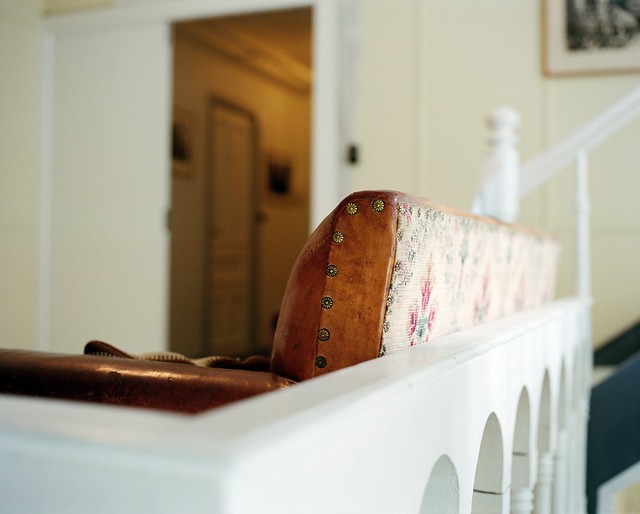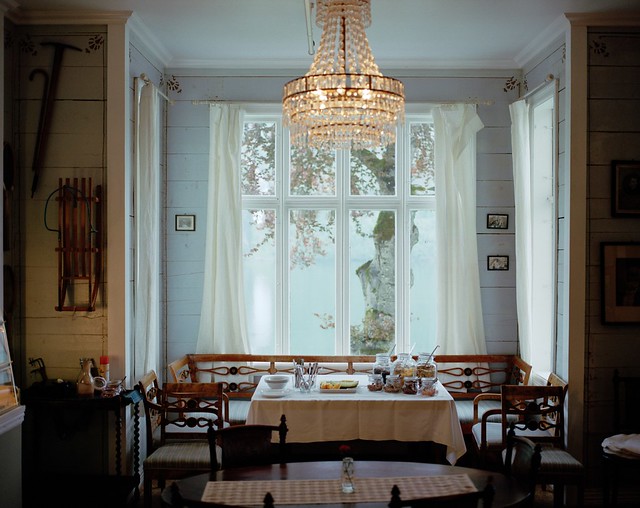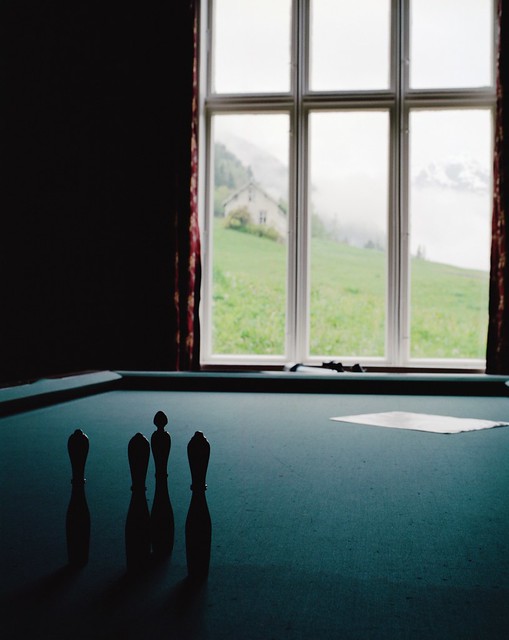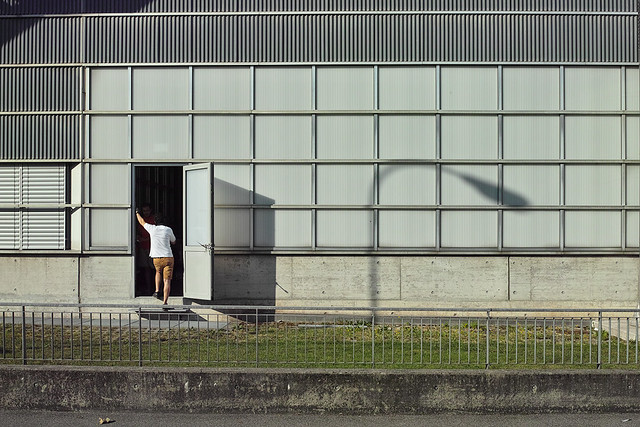Back in June 2006, several geological eras ago in Internet years, I wrote a blog post which started out like this:
Following earlier posts about this, today I managed to find time to evaluate Iridient RAW Developer 1.5.1 against CaptureOne Pro 3.7.4, for Olympus E-1 RAWs. The results are clear: RAW Developer is extracting more detail and more neutral colour than CaptureOne
Now over 9 years later, I’m repeating the same loop. In recent months I unhappily emigrated from Aperture, and eventually settled on returning to CaptureOne as the best compromise. I painstakingly exported my Aperture library and watched CaptureOne painfully, sluggishly import it. It didn’t do too bad a job - better than Lightroom anyway - and I was more or less able to recreate my Aperture projects within the approximation of MediaPro which has been bludgeoned into CaptureOne. And I diligently set about getting back up to speed with C1, helped by the ample, free tutorial material on Phase One’s website.
I managed to convince myself I (still) quite liked the default “Film curve”, and I was and am impressed by the exposure controls and the layer adjustments, in particular to apply local white balance. I am a lot less impressed by the total lack of luminosity, or indeed luminance curves/levels. But I guess I can live with that with some help from the saturation sliders.
But more and more I started getting a feeling that things didn’t look quite right when taking a closer look. I’m no pixel peeper, but even so, once I’ve noticed something at 100% magnification I find it hard to ignore. I was seeing a disturbing “plastic” look in low frequency areas, and lack of definition in high frequency detail like foliage. First I thought it was just a limitation of the small sensor in the Olympus camera I mainly use, or maybe the less than top-level lenses. But then I started down the rocky road of comparing Raw developers. Yet again.
The following nondescript postcard shot from Norway provides a good example - shot with an Olympus E-P5 and 17mm f1.8 lens (actually quite a good lens) at f8.0 (which, yes, is a slightly suboptimal aperture if you’re a pixel peeper), handheld. So it’s hardly a technical masterpiece, or indeed an artistic one.
Within this photo, I’ve compared two areas at 100%, one processed with Capture One 8.2, the other with Iridient Developer 3.0.3. The differences, at least to me, are obvious.
Left: Iridient - Right: Capture One
Left: Iridient - Right: Capture One
For the Iridient images, I have used default settings, including the Iridient Reveal sharpening mode and default noise reduction. On the Capture One side, I have used default settings, but with Pre-sharpening 2, and noise reduction disabled. Leaving camera default noise reduction on is a real disaster. I cannot for the life of me imagine why people say Capture One has good noise reduction. And I have tried very hard to fine tune it, I really wanted to be able live with it. At the same time I briefly tried comparing with Adobe Camera Raw (Photoshop CS6) and Aperture 3. Abobe Camera Raw gave pretty much identical results to Capture One. Aperture was marginally better. But Iridient is miles ahead.
Iridient has one other ace up it’s sleeve, the Lab mode curves. Being able to apply contrast with no colour shift using the luminance curve is very nice. It’s also very good for highlight recovery, which is just as well, as Iridient “Extreme Highlight Recovery” slider is not one of it’s strong points. The sharpening and noise reduction are industry-leading, and the general level of control is outstanding. Of course, there are no layers, no local adjustments, none of that fancy stuff. But that’s what Photoshop is for.
All this really only holds for my personal experience with Olympus micro-four thirds cameras. I daresay Capture One might handle my Ricoh GR better, but that’s out of scope here. I’m sure it does an excellent job with digital backs and high-end DSLRs, but I really don’t think Phase One has much focus on us “little people” - although they’re happy to take our money.
Probably before long I’ll have changed my mind again, but for the time being I’m fully committed to an Iridient-centric workflow.





